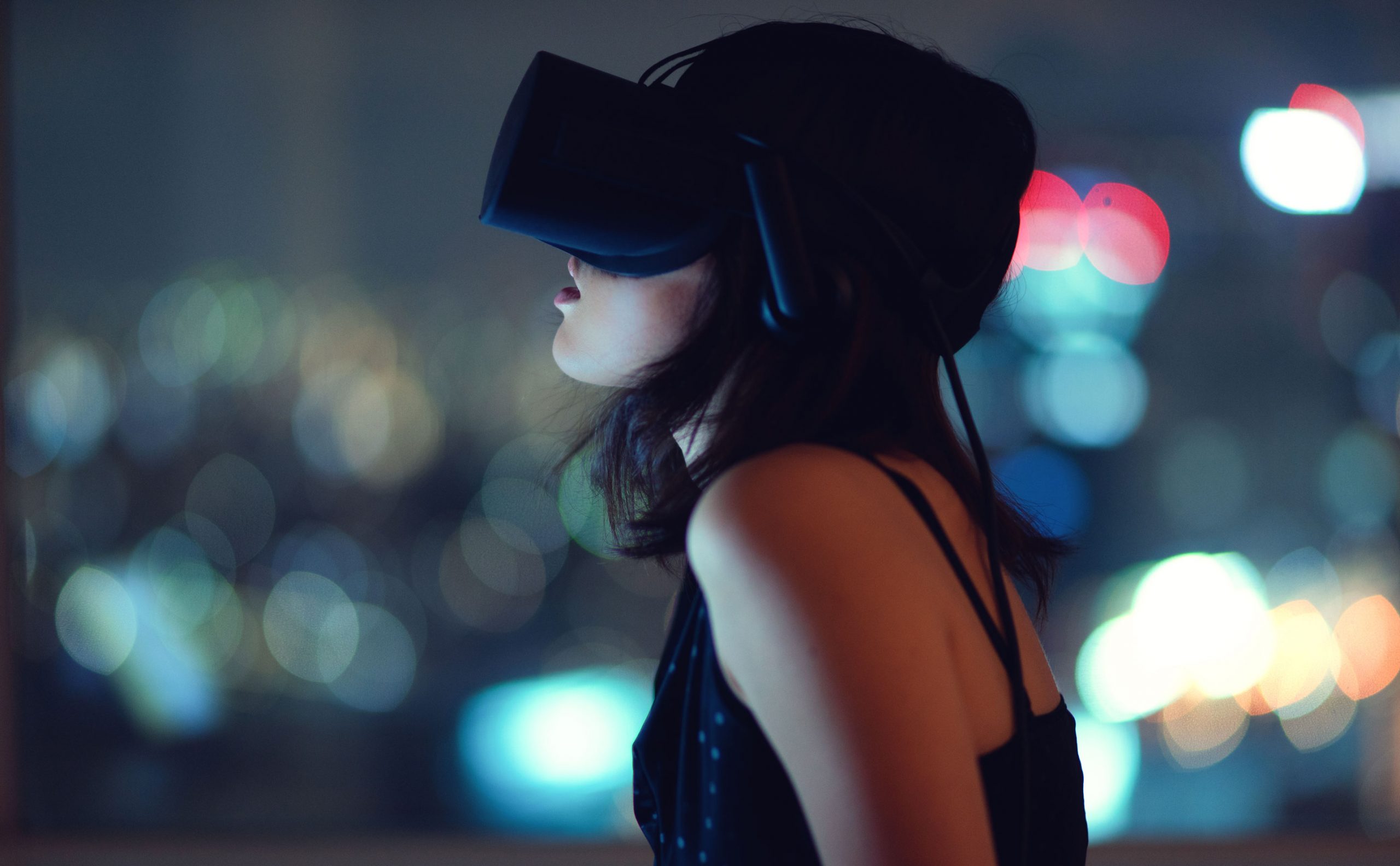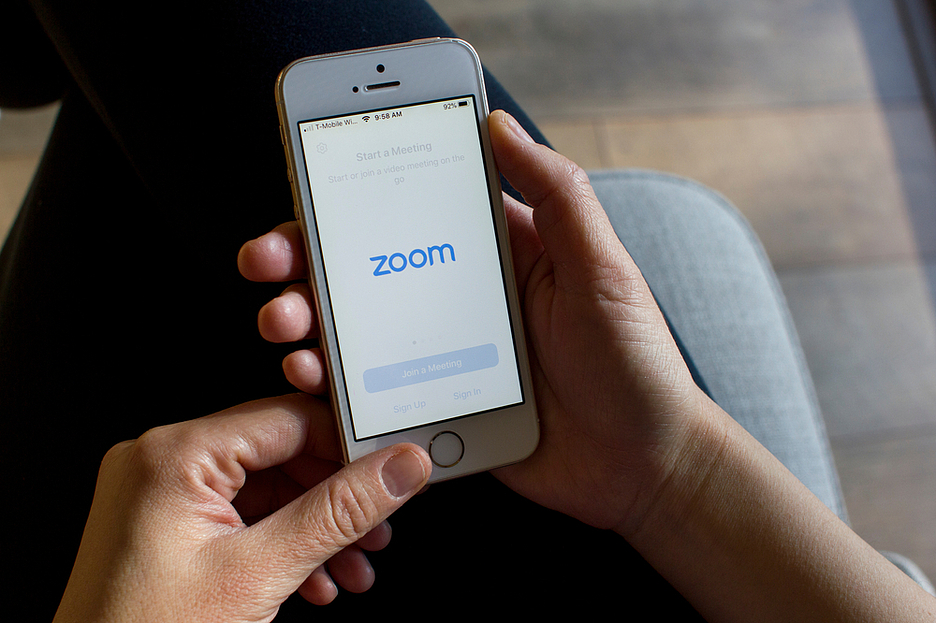With 210º horizontal FOV and integrated eye tracking, the new StarVR device aims to elevate the realism of virtual reality experiences.
As anticipated last week, StarVR it has presented in SIGGRAPH the new generation of its viewer designed to meet the needs and commercial and business requirements, so its focus is not the end user. StarVR One it offers on paper similar features to its predecessor in terms of FOV and resolution, but goes further in ergonomics and performance thanks to the addition of the integrated eye tracking of the company Tobii, with which it is able to offer automatic adjustment of interpupillary distance (IPD), foveated rendering and a more complete data analysis of the user (where he looks and more).
“StarVR continues its legacy of innovation that overcomes the barriers that stand in the way of enterprise-grade VR experiences,” he says Emmanuel Marquez, CTO of StarVR Corporation. “StarVR is breaking new ground with innovative technology for a new world of realism that supports real business decision-making and value creation. With our StarVR One viewer we are conquering the ultimate frontier of VR: the enterprise.”
One has 210º degrees of FOV horizontal and 130 vertical, measures theoretically superior to those of other HMDs that usually share the diagonal angle of view and not the horizontal. The company states that with this FOV they almost completely cover the total human vision, achieving an approximation to peripheral vision. With some lens custom fresnel and two screen from 4.77 ” AMOLED full RGB at 90 Hz with a resolution each of 1830×1464 (total of 3660×1464, which is lower than the 5120×1440 of the previous model, but gives a total of 16 million subpixels), the viewfinder offers a clear visual quality in its entire viewing angle.
StarVR One will be available in two versions: the standard and the XT, the main difference being the position. The first includes sensors compatible with SteamVR 2.0 and the second is designed for the use of optical positioning systems, in addition to having plugins for other tracking systems and additional tools for customization.
Facing the ergonomics, its solution with rigid bands on the sides and a rear wheel for adjustment, in addition to the upper soft strap, are reminiscent of the Vive Pro system, although the XT includes soft straps in its entirety. The standard version has a weight of 450g and the other 430g. As for the wiring, it uses two USB type-C 0.9 m (there is extension of 5m, and also offers the alternative of using two DisplayPort and two USB 2.0). Your require they are Windows 10, 16 GB of RAM, an i7-7700 (or Ryzen 7 2700X) and a GTX 1080. The viewer is also supported by NVIDIA VRWorks.
The company has not yet shared when it will be available or the price it will have.









